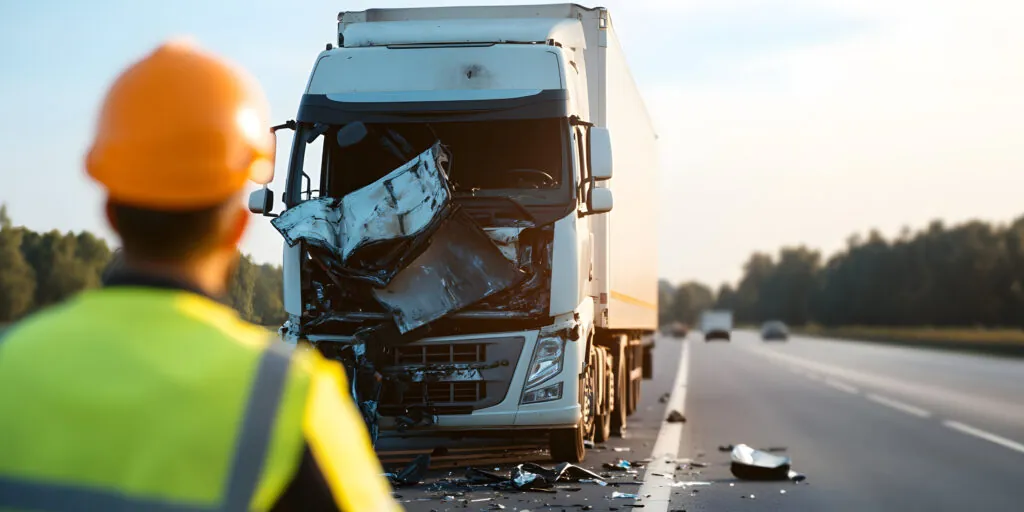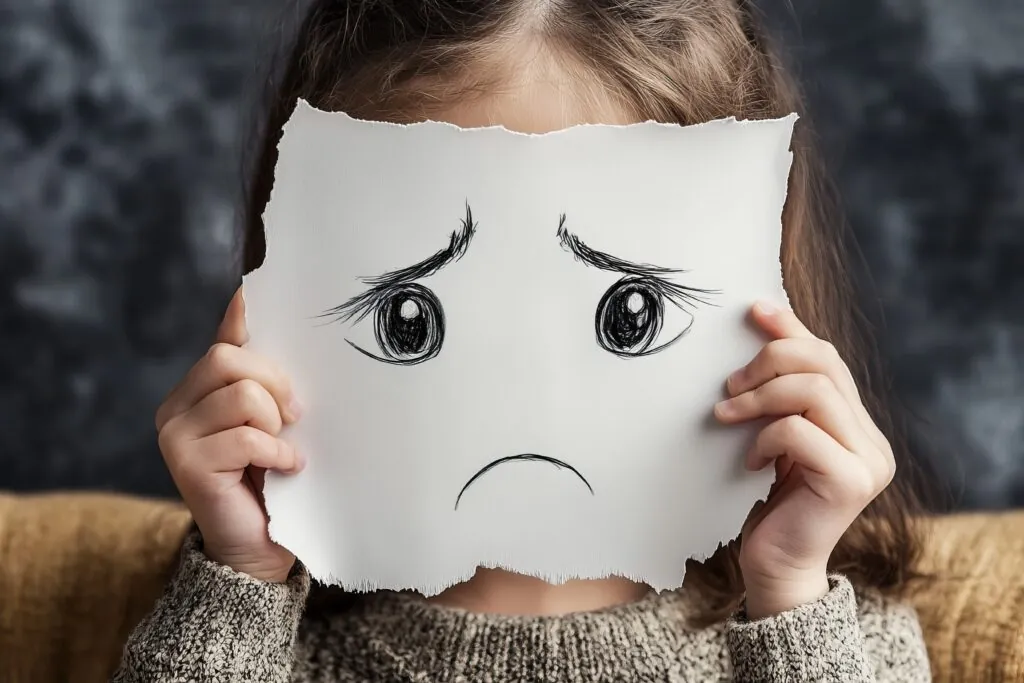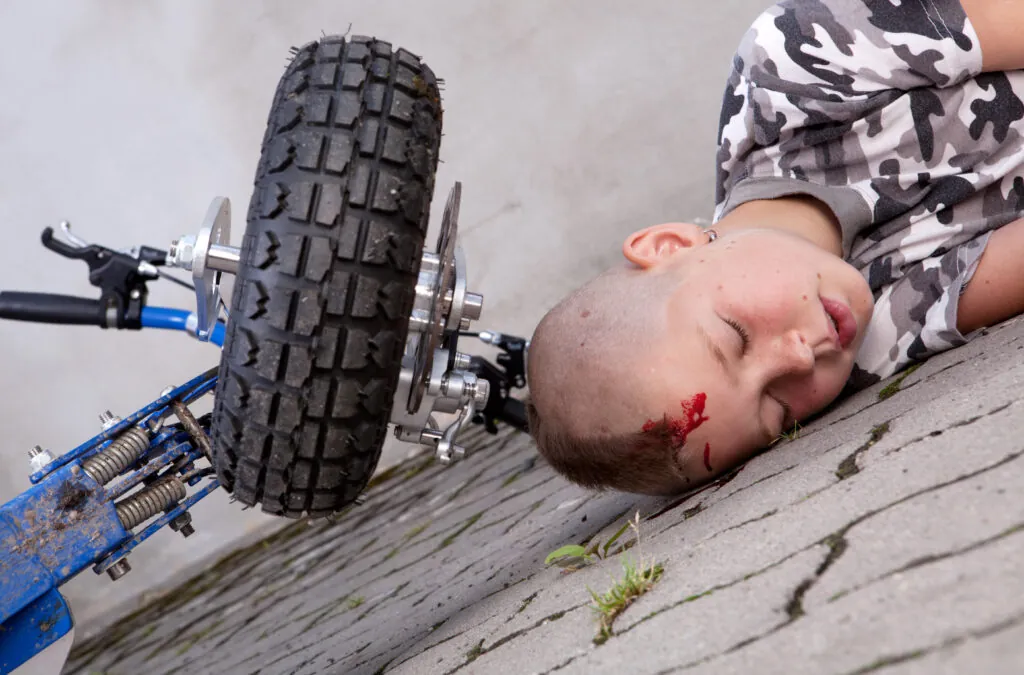As parents, we’re hardwired to protect. We check the car seat twice. We cover the outlets. We scan ingredients for allergens. But what happens when the danger comes from the very thing that’s supposed to bring our kids joy? What happens when the toy we thought was safe turns out to be the source of their injury—or worse?
In our product liability practice, we’ve seen the aftermath of defective children’s toys far too often. A plush toy with beads that detach and become choking hazards. A baby swing with a harness that malfunctions. A motorized ride-on vehicle that bursts into flames. These aren’t horror stories from some faraway country with lax regulations—these are real products, sold in American stores and online marketplaces, often marketed directly to unsuspecting parents as “safe,” “tested,” and “child-friendly.”
But here’s the truth: the toy industry, like any other multibillion-dollar business, is driven by speed and profit. Get to market fast. Push the next hot item before the holiday season. Minimize manufacturing costs. And in that race, safety is too often the casualty.
Recalls are supposed to be the safeguard. A way for companies to say, “We found the problem, and we’re fixing it.” But recalls only work if they happen early and reach the people who need to hear them. And most of the time? They come after children have already been hurt.
We’ve represented families whose toddlers suffered chemical burns from slime kits that contained unsafe levels of boron. Children who nearly suffocated after small parts broke off a toy labeled “for ages 3 and up.” One mother came to us in tears after her infant daughter tipped out of a recalled inclined sleeper, fracturing her skull. “I would’ve never used it,” she told us, “if someone had just told me it wasn’t safe.”
The most heartbreaking part is that many of these injuries were preventable. These weren’t freak accidents. They were design flaws, manufacturing defects, and failures to warn. And when you dig into the company’s records—the internal emails, the testing documents, the timeline of complaints—you often find they knew something was wrong long before they did anything about it.
Why? Because fixing a problem costs money. Pulling inventory, notifying customers, issuing refunds, and redesigning products hits the bottom line. So many companies wait. They wait until there’s media attention. Until the CPSC gets involved. Until the lawsuits start piling up. Until it’s no longer just a safety issue—it’s a PR crisis.
That’s where we come in.
Product liability law exists for one reason: accountability. If a toy company puts profits over safety, if a manufacturer skips quality control to hit a deadline, if a distributor sells defective products without warning consumers—they should be held responsible for the harm that follows. Not just because it’s legally right, but because it’s morally essential.
We approach these cases with more than legal strategy. We bring in engineers, toxicologists, and pediatric specialists to break down exactly what went wrong and how it could have been prevented. We look at patterns—how many consumer complaints were filed before action was taken. We dig into testing records, warning labels, and marketing materials. We don’t just ask if the company failed—we show how they failed, step by step, choice by choice.
And we don’t stop there. When a child is injured, the impact goes far beyond the ER visit. Some kids are left with permanent scarring, mobility issues, or developmental delays. Others deal with trauma that surfaces in nightmares, separation anxiety, or sudden aversions to toys that used to bring joy. Parents often blame themselves—even though they did nothing wrong. Even though they trusted a product that should never have been on the market.
That emotional damage matters. It’s part of the story, and it deserves to be part of the case. We work with child psychologists and family therapists to help juries understand what an injury really means when it happens to a young child. It’s not just a “bump on the head.” It’s a disruption of trust, safety, and the innocence that every child deserves to have preserved.
And while we fight for justice in the courtroom, we also fight for something bigger: change.
The truth is, the system is reactive. The government doesn’t test every toy before it hits the shelves. Most safety standards are voluntary. Oversight is limited, and penalties for noncompliance are often laughably small compared to what these companies make in revenue. So yes—lawsuits matter. Because if you want a company to change how it does business, sometimes the only thing they’ll respond to is a verdict that threatens their bottom line.
We’ve seen it happen. After high-profile litigation, companies have re-engineered products, improved packaging, and implemented better testing protocols. Retailers have pulled dangerous items from shelves and improved internal safety checks. Recalls became faster. Labels became clearer. And most importantly, fewer kids got hurt.
But we still have a long way to go. In today’s global economy, products can be manufactured in one country, shipped to another, and sold through dozens of online platforms with little oversight. Counterfeit versions of recalled toys still circulate. Warning labels are still buried in fine print. And parents are still left in the dark far too often.
That’s why we always tell our clients—and our community—not to stay silent. If your child was injured by a toy, even if you’re not sure it was defective, speak up. Report it to the Consumer Product Safety Commission. Take photos. Save the packaging. Reach out to an attorney who understands product liability law and who has the resources to investigate thoroughly.
Because every time we shine a light on a dangerous product, we make it harder for that company—or the next one—to do it again. Every time we win a case, we send a message that children’s safety is not optional. It’s not negotiable. It’s the standard. And if you fail to meet it, we’ll be there—to hold you accountable and to make sure no other family has to go through what ours did.
Playtime should be safe. Childhood should be protected. And when that promise is broken, the law should step in—not just to clean up the mess, but to make sure it never happens again.
About Aron Solomon
A Pulitzer Prize-nominated journalist for his groundbreaking op-ed in The Independent exposing the NFL’s “race-norming” policies, Aron Solomon, JD, is a globally recognized thought leader in law, media, and strategy. As Chief Strategy Officer for AMPLIFY, he leverages his deep expertise to shape the future of legal marketing. Aron has taught entrepreneurship at McGill University and the University of Pennsylvania and was honored as a Fastcase 50 recipient, recognizing him among the world’s top legal innovators. A prolific commentator on law, business, and culture, his insights regularly appear in Newsweek, The Hill, Crunchbase News, and Literary Hub. He has also been featured in The New York Times, Fast Company, Fortune, Forbes, CBS News, CNBC, USA Today, ESPN, TechCrunch, BuzzFeed, Venture Beat and countless other leading global media outlets.


